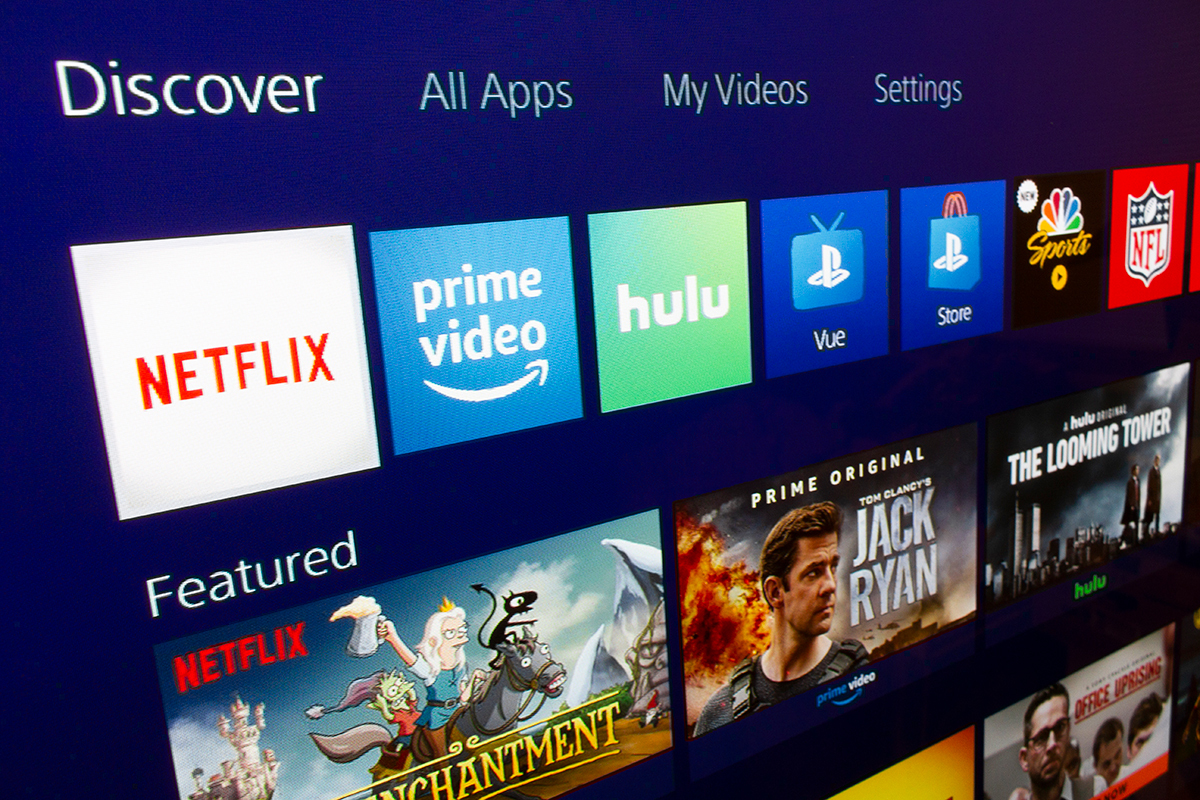
The Impact of Streaming Services on Traditional TV Advertising
The rise of streaming services has revolutionized the way people consume content, profoundly impacting the traditional TV advertising landscape. As viewers increasingly turn to platforms like Netflix, Hulu, Amazon Prime Video, and Disney+, advertisers are faced with new challenges and opportunities in reaching their target audiences. In this article, we’ll explore how streaming platforms are changing the advertising landscape, the challenges and opportunities for advertisers, and strategies for adapting to the rise of streaming services.

How Streaming Platforms are Changing the Advertising Landscape
1. Ad-Free Viewing Experience
One of the most significant shifts brought about by streaming services is the prevalence of ad-free viewing experiences. Unlike traditional TV, where commercials interrupt programming, many streaming platforms offer subscription-based models that allow viewers to watch content without interruptions. This has led to a decline in the effectiveness of traditional TV advertising, as advertisers struggle to reach audiences who are increasingly accustomed to ad-free entertainment.
2. Targeted Advertising
Streaming services offer advertisers the ability to deliver highly targeted ads based on viewer preferences, demographics, and viewing habits. By leveraging data analytics and machine learning algorithms, streaming platforms can serve ads that are more relevant and personalized to each viewer, maximizing engagement and ROI. This targeted advertising approach represents a significant departure from the broad, one-size-fits-all approach of traditional TV advertising.
3. Ad-Supported Models
While many streaming platforms offer ad-free subscription tiers, others operate on ad-supported models that incorporate commercials into their content. These ad-supported platforms, such as Hulu’s basic tier and NBCUniversal’s Peacock, provide advertisers with opportunities to reach audiences who are willing to trade a lower subscription cost for access to ad-supported content. However, advertisers must navigate the challenge of balancing ad frequency and viewer experience to avoid alienating audiences.
4. Original Content and Brand Integration
Streaming platforms have invested heavily in producing original content, including TV shows, movies, and documentaries. This presents advertisers with opportunities for brand integration and product placement within original programming. By seamlessly incorporating brands into content, advertisers can reach audiences in a non-intrusive way and leverage the popularity of streaming exclusives to enhance brand visibility and affinity.
Challenges and Opportunities for Advertisers
1. Ad Avoidance
One of the primary challenges for advertisers in the streaming era is ad avoidance. As viewers become increasingly adept at skipping or ignoring ads, advertisers must find creative ways to capture and maintain audience attention. This requires innovative ad formats, compelling storytelling, and seamless integration into the viewing experience to overcome ad fatigue and drive engagement.
2. Measurement and Attribution
Measuring the effectiveness of advertising on streaming platforms presents unique challenges compared to traditional TV advertising. While traditional TV metrics such as reach and frequency are still relevant, streaming platforms offer more granular data on viewer behavior, engagement, and conversion metrics. Advertisers must invest in advanced analytics and attribution models to accurately measure the impact of their streaming ad campaigns and optimize ROI.
3. Fragmentation of Audiences
The proliferation of streaming services has led to a fragmentation of audiences across various platforms, making it more challenging for advertisers to reach their target demographics effectively. Advertisers must navigate a fragmented media landscape and develop strategies to reach audiences across multiple platforms while maintaining consistency in messaging and branding. This may involve leveraging programmatic advertising technologies and partnerships with content creators to maximize reach and efficiency.
4. Brand Safety and Contextual Relevance
Maintaining brand safety and ensuring contextual relevance is crucial for advertisers, particularly in the digital advertising ecosystem of streaming platforms. Advertisers must carefully vet content and placement opportunities to avoid associating their brands with inappropriate or controversial content. This requires robust brand safety measures, transparent reporting, and partnerships with trusted content creators and platforms to safeguard brand reputation and integrity.

Strategies for Adapting to the Rise of Streaming Services
1. Embrace Data-Driven Targeting
Take advantage of the advanced targeting capabilities offered by streaming platforms to deliver personalized and relevant ads to your target audience. Leverage data analytics and audience segmentation to identify high-value audience segments and tailor ad creative and messaging accordingly. By focusing on data-driven targeting, advertisers can maximize the effectiveness of their ad campaigns and optimize ROI.
2. Experiment with Innovative Ad Formats
Explore innovative ad formats and placements that integrate seamlessly into the streaming viewing experience. From interactive ads and branded content to sponsored placements and native advertising, there are numerous opportunities for advertisers to engage audiences in non-disruptive ways. Experiment with different ad formats to find the right balance between brand visibility and viewer experience.
3. Invest in Cross-Platform Campaigns
Develop cross-platform advertising strategies that encompass both traditional TV and streaming platforms to reach audiences across multiple touchpoints. By integrating TV advertising with streaming campaigns, advertisers can maximize reach, frequency, and brand exposure while leveraging the strengths of each channel. Consider coordinating messaging and creative assets across platforms to create a cohesive brand experience for viewers.
4. Partner with Content Creators and Influencers
Collaborate with content creators and influencers on streaming platforms to amplify your brand’s reach and engagement. Partnering with influencers who have large and engaged followings can help increase brand awareness and credibility among target audiences. Consider sponsoring or co-producing content that aligns with your brand values and resonates with your target demographic to drive meaningful connections and conversions.
Conclusion
The rise of streaming services has fundamentally transformed the advertising landscape, presenting both challenges and opportunities for advertisers. From ad-free viewing experiences and targeted advertising to original content and brand integration, streaming platforms offer new ways for advertisers to engage audiences and drive results. By embracing data-driven targeting, experimenting with innovative ad formats, investing in cross-platform campaigns, and partnering with content creators and influencers, advertisers can adapt to the rise of streaming services and navigate the evolving media landscape successfully. As streaming continues to dominate the entertainment industry, advertisers must stay agile and innovative to capture audience attention and achieve their advertising goals in the digital era.




